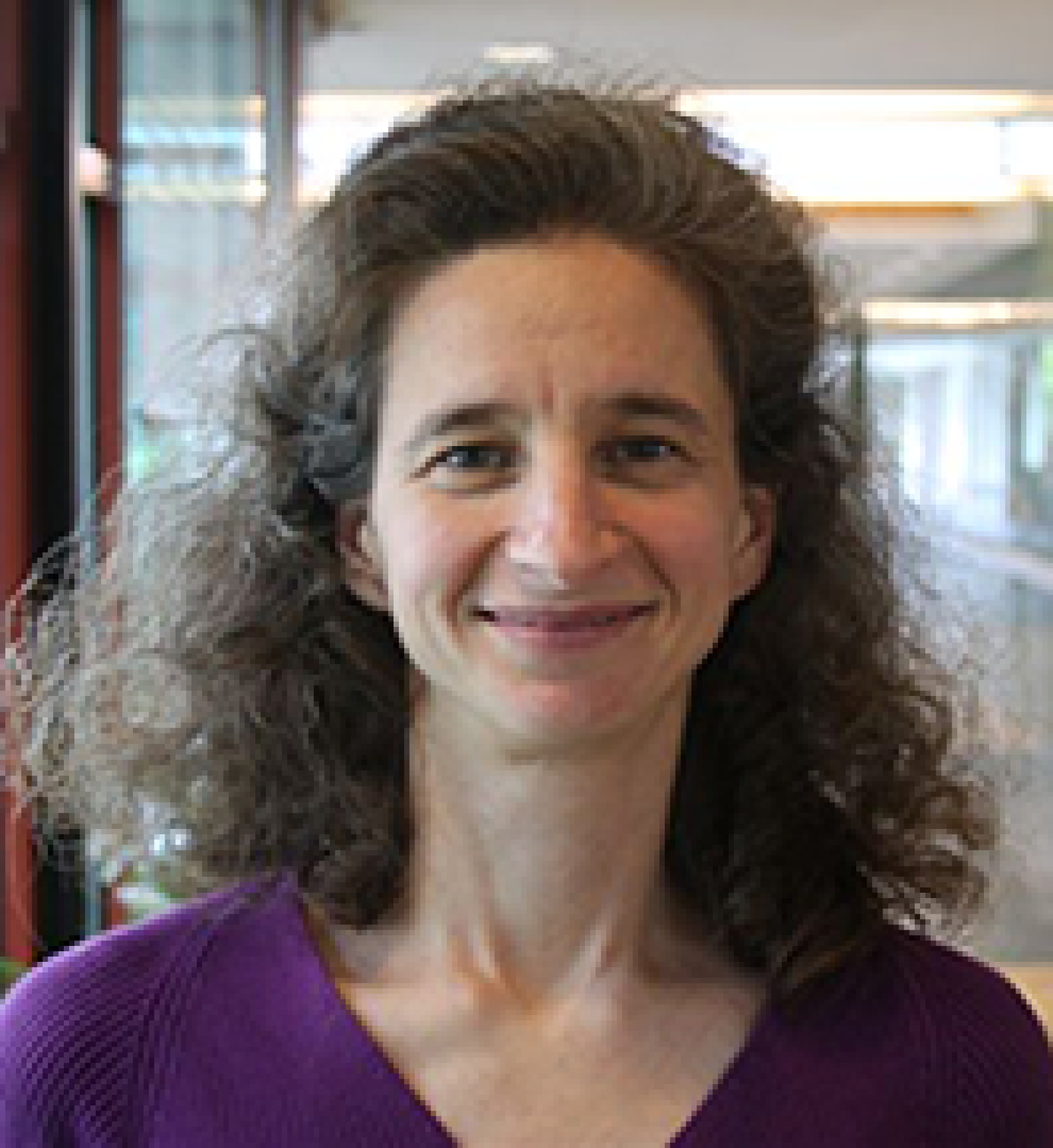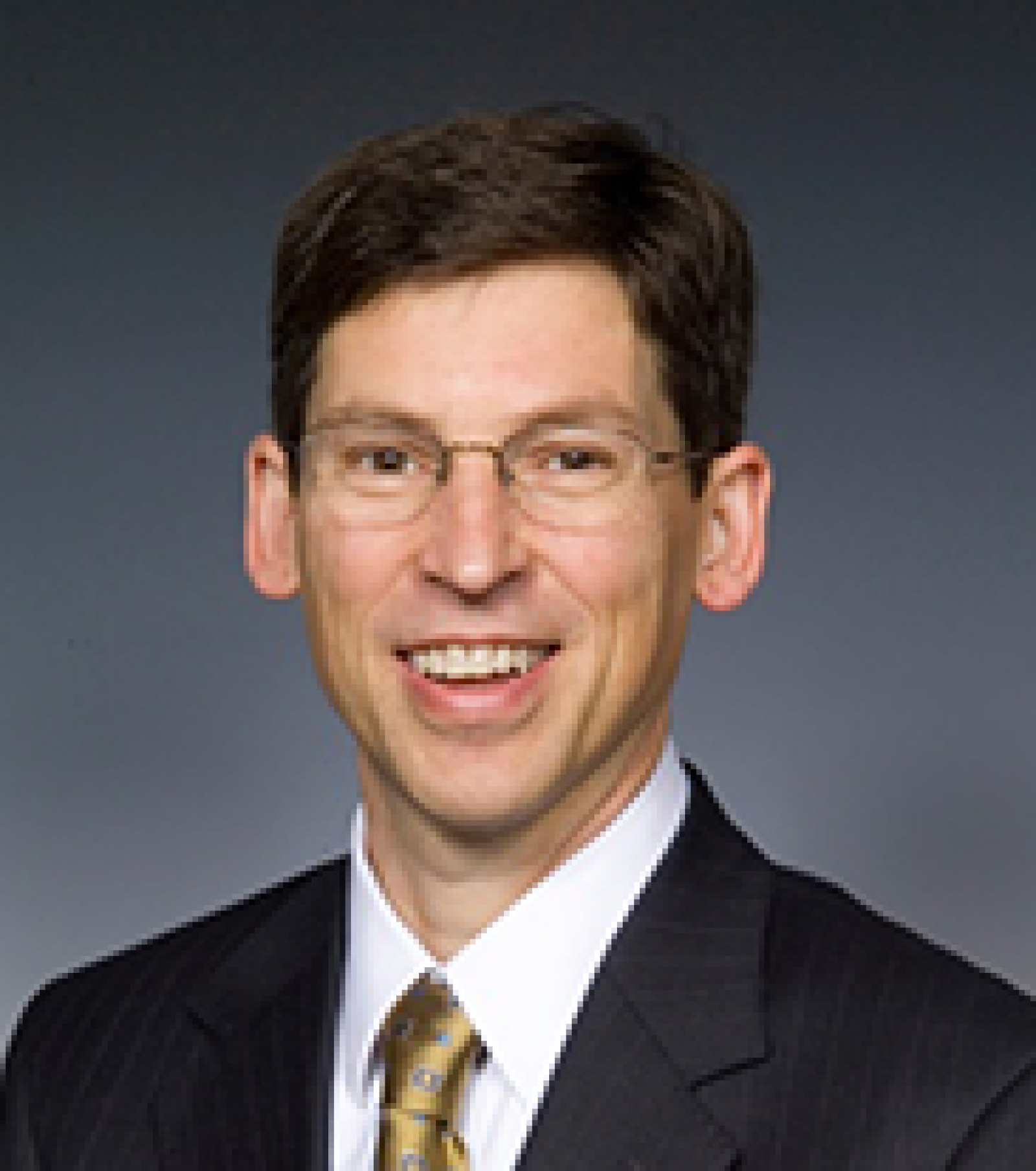Tactical approaches to rapid-cycle change and conflicting guidelines for COVID-19
Organizations learn more about COVID-19 every day, so keeping abreast of new developments is essential and challenging. We asked leaders in different health care settings:
How do you track changing protocols, reconcile conflicting guidelines, and disseminate new practices among staff members?

Kimi Kobayashi, M.D.
Chief Quality Officer
UMass Memorial Medical Center
Worcester, Massachusetts
The initial lack of solid literature and rapid pace at which new studies are now being published are among the challenges of this pandemic. Because of these realities, it became crucial for us to stand up an efficient process to generate guidance based on the best available data and to gather input from multiple disciplines. As a solution, we developed the COVID-19 Clinical Care Council (C4), a health system-level group of clinicians from all role groups and different clinical specialties.
One of C4’s strengths is the interdisciplinary nature of the group. No one person or specialty can keep up with all facets of a complex disease. Therefore, having broad representation allows for more people to suggest improvements or generate protocols based on new information from their respective fields. C4 is also different because it is focused on the need to generate documents rapidly and to accommodate revisions. Absolute consensus is not required for each document, and many come back for review and reapproval as input is sought or new knowledge comes to light that requires change. To accommodate this flexibility the group meets frequently (weekly) and uses an offline electronic voting process for material that does not require full deliberation between council members.
Despite the large group size and varied clinical representation, we have had robust participation. Discussions have been supportive. And every member of the council understands that information is not perfect but that we must try to do the best we can. It has been a true testament to the power of interdisciplinary collaboration.

Randi Berkowitz, M.D.
Chief Medical Officer
Lowell Community Health Center
Lowell, Massachusetts
This experience reminds us that partnership is important. No one could do this alone! In particular, the Massachusetts League of Community Health Centers has been a lifesaver. Through the League, I’ve been able to connect with community health center CMOs across the state. We have an early morning CMO call three times a week during which we share lessons learned, new protocols and questions. The League takes our questions to the Department of Public Health and the state’s Command Center and returns with answers and information.
The League was also helpful when we were working to establish drive-through testing for COVID-19 at our health center in Lowell. We had so many questions. Through a League webinar, we were able to learn from other centers and put their innovations to work for us. And when we ran into a conflict about guidelines for testing our patients who work in skilled nursing facilities, the League, DPH and the Command Center worked with us to find a solution.
Within our organization, we use many pathways to keep everyone informed. Until recently, I summarized our clinical work in a weekly email, which I’m now doing daily — sometimes twice a day. We’ve increased the frequency of our leadership meetings to three times a week. And now that many of our clinicians are doing telemedicine from home, they’ve had to find new ways to communicate, such as secure email messaging.
I’m grateful to our IT department for the work they’ve done recently. They got us up and running with telemedicine in three days and massively expedited our already planned transition from paper to digital records. They’ve been real heroes for us in a challenging time.

Kim Hollon
CEO, President
Signature Healthcare
Brockton, Massachusetts
Managing decision-making during this ongoing chaotic, high-risk crisis has required teamwork, communication and flexibility. At Signature, we’ve used a system of cascaded daily huddles to manage operational excellence for years. Information and problems flow quickly to the appropriate decision makers and is supplemented with a organization-wide safety huddle. We have continued this daily process to ensure frequent communication and problem-solving. Brockton Hospital also schedules routine daily meetings in the incident command center with operational groups to coordinate problem solving and to coordinate implementation of decisions.
We’ve added a COVID steering team led by our VP of Quality to this routine communication process. This group meets on Monday, Wednesday and Friday and includes infectious disease, ambulatory physicians, nursing, select operational leaders, emergency, critical care and hospitalist physicians, purchasing, finance, and executive leadership. During the week, a number of people talk to other organizations (peers, state and local authorities), read the latest reports on the web, and review our current situation (including resource constraint), raising issues that might alter current protocols.
This steering committee develops an agenda from this variety of inputs and tasks work groups to study issues and finalizes all major decisions regarding protocol changes. All stakeholders including employees, medical staff, board members and political leaders receive a daily CEO update of the ongoing situation, including any practice changes. On Friday the CEO Update references all of the changed protocols implemented during the week and references with links to more detail. We also added a location on our intranet for COVID policies and procedures to make them easy to reference.